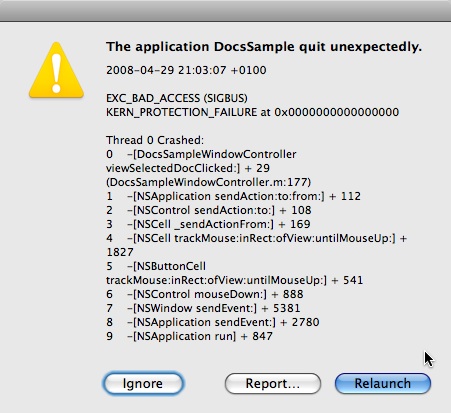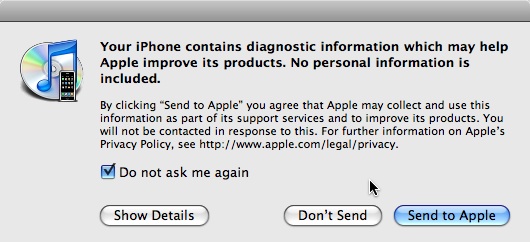
Today is a big day for me. A few minutes ago I uploaded my iPhone application up to Apple’s servers, the first step in making it available to users in iTunes and its App Store.
You possibly have two questions. First: what does it do? Secondly: when will it be available?
I know, I have been deliberately vague when talking about it online. This is partly because I didn’t want my thunder stealing by pre-announcing, but mainly because it’s only been in the last week or so that I’ve been sure that I was going to publish.
You’ll note that I’ve still not described what it does. All I’ll say is take a look at the icon ((Not sure what’s wrong with the colours. It looks great on the phone itself, which, presumably, is not colour managed.)) and think of the name. And, more importantly, keep an eye on Yummy’s website. I’ll be publishing a series of blogs to tell you what it does and some of the decisions I took to make it.
The second question — when — is pretty much out of my hands. Apple will now, as the screenshot above tells you, review it and, unless I’ve made any mistakes in the rather complex process, make it available for download. The length of the queue is not public, so it could be tomorrow or the end of September or, more likely, somewhere in between. Fingers crossed that it’s soon!
It’s taken a lot of effort to get to this point, and I’m keen to get it in the hands of users. Many thanks to B for putting up with me during this process and for making the great Yummy icon; my gratitude to A for trying to get beta versions installed (damn that 0xE800001 error); and to everyone else who has offered advice and feedback.
Update (2023): The link to Yummy’s website has been updated to point to Wandle Software, which didn’t exist at the time of launch.



